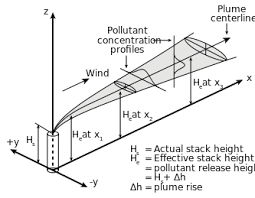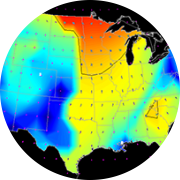15. Fundamentals of atmospheric dispersion modeling AM216021 Latest Open for UCT
Section outline
-
-
Lecture 15. Fundamentals of atmospheric dispersion modeling Lesson


Key issues:
- Characterizing the nature, location, and intensity of emission sources for accurate modeling
- Utilizing high-quality meteorological data to accurately simulate atmospheric conditions
- Challenges associated with modeling dispersion in areas with complex topography or urban landscapes
- Distribution of particle sizes emitted from sources to account for variations in dispersion behavior
- Sensitivity analyses to understand the impact of input parameters on model outcomes
- Simultaneous dispersion of multiple pollutants and their interactions
- Emergency response planning and preparedness in case of accidental releases
- Quantifying and communicating uncertainties associated with dispersion model predictions
- Validating the performance of models against observed data
- Ensuring that dispersion modeling meets regulatory requirements and standards
-
Module 15. Fundamentals of atmospheric dispersion modeling File PDF

Supporting handouts for Lecture 15,
Printable pdf format, A4 size, landscape layout6.5 MB -
US EPA Air quality models URL
-
-
-
-
Individual presentation 15 Forum

Title 15: Air dispersion scenarios, estimated concentration and pollution prediction
-
Practical exercise series / Topics 30 and 31 Assignment

Topic 30. Basic fixed box model, 8pts
(a. 4 pts / b. 2 pts / c. 2 pts)
Topic 31. Gaussian dispersion model with reflection, 8pts
(a. 2 pts / b. 2 pts / c. 2 pts / d. 2pts)
-


 WRF-Chem
WRF-Chem